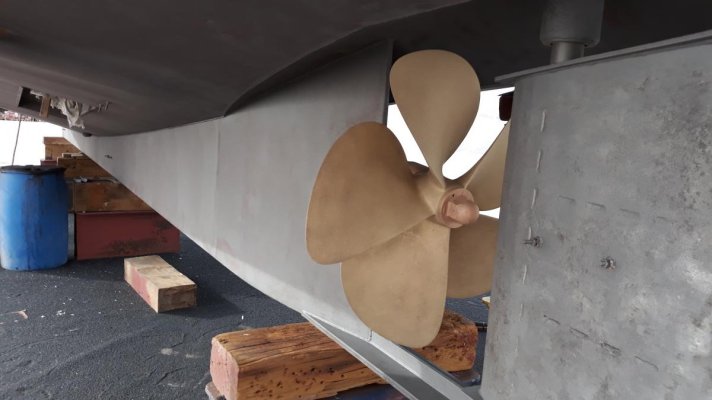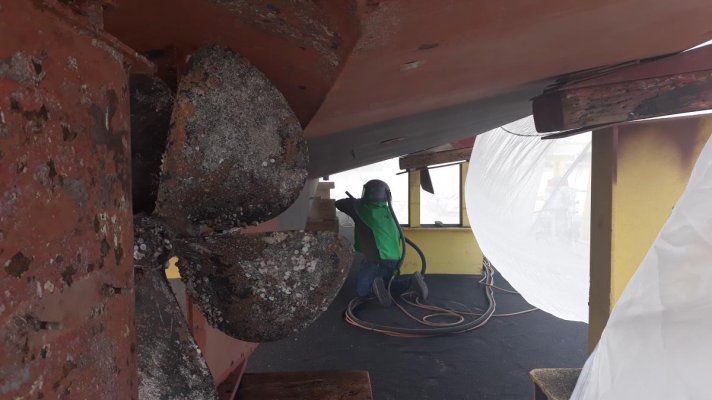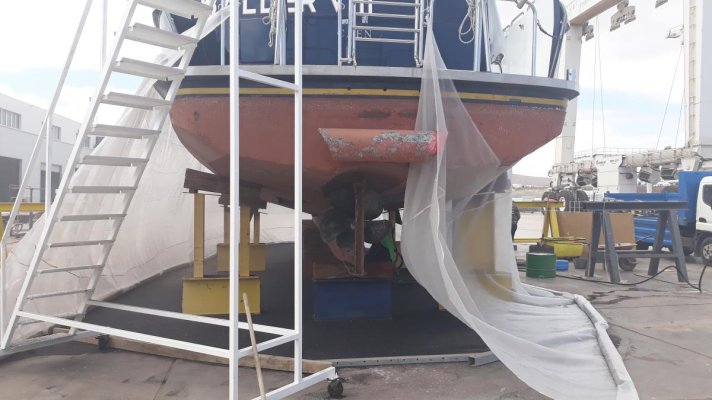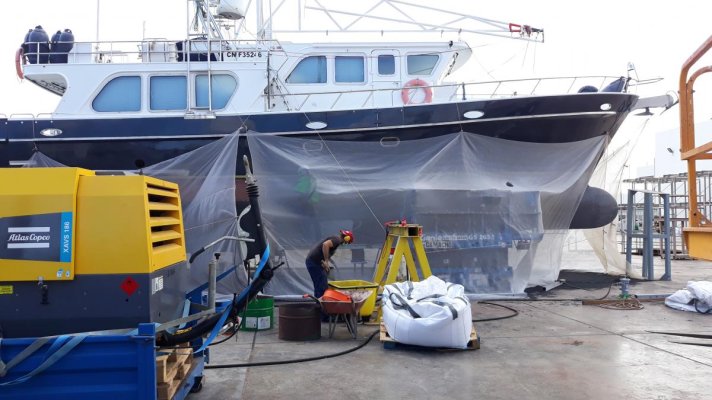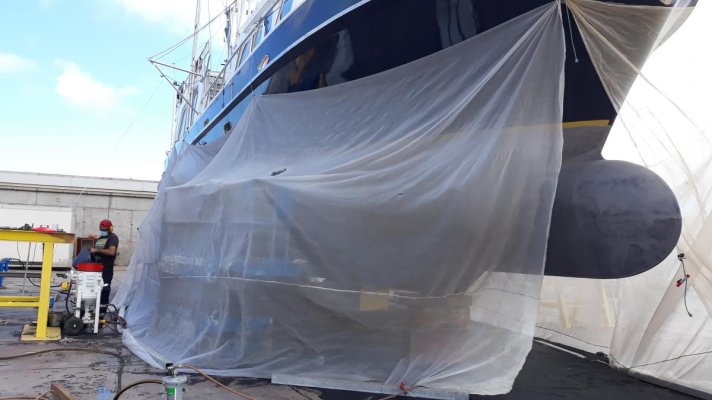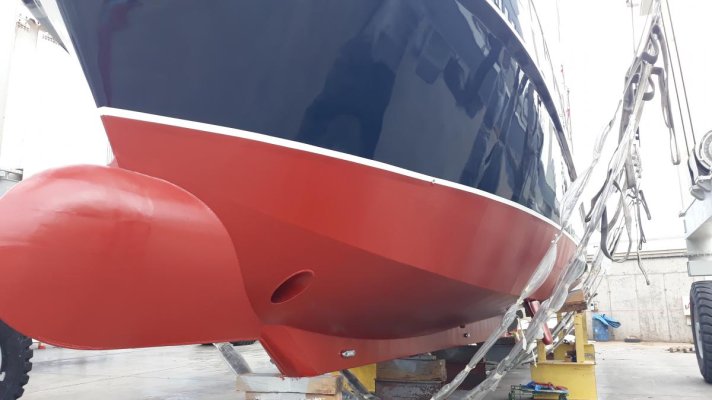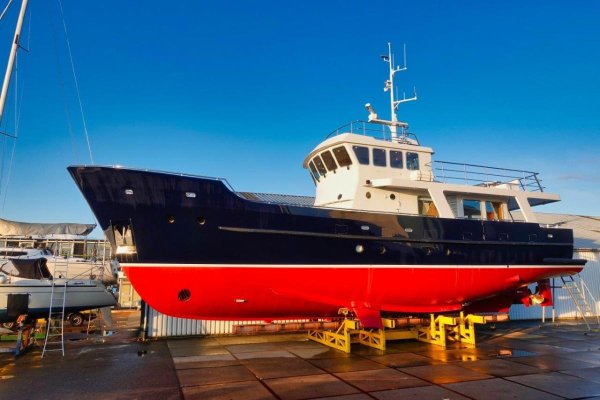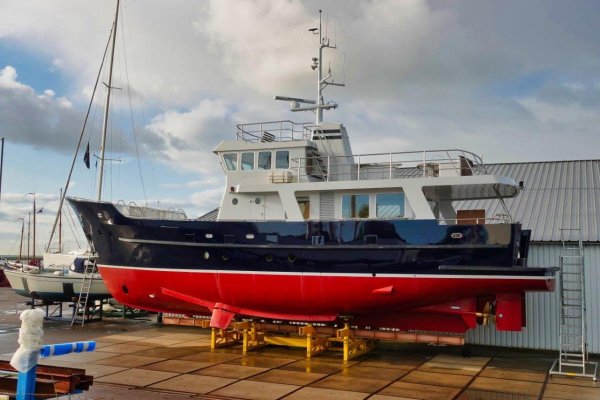captmikem
Veteran Member
Most large yachts are steel.
I have driven a number of steel tugs in my time and a few 'Megayachts' built of steel. Most all were fine boats.
But for the average 'Yachtsman' who leaves their boat at the marina most of the time and thinks oil changes and a wash job and a bit of varnish is maintenance, a steel boat is not going to work. Large yachts and tugs have full time crews who maintain the ship, and they go into the yard once a year or so and have a lot of maintenance / repair done at a coast most small boat owners would not be willing to pay.
But I do like steel boats, I have small 50' ketch that is strong and sturdy.
M
I have driven a number of steel tugs in my time and a few 'Megayachts' built of steel. Most all were fine boats.
But for the average 'Yachtsman' who leaves their boat at the marina most of the time and thinks oil changes and a wash job and a bit of varnish is maintenance, a steel boat is not going to work. Large yachts and tugs have full time crews who maintain the ship, and they go into the yard once a year or so and have a lot of maintenance / repair done at a coast most small boat owners would not be willing to pay.
But I do like steel boats, I have small 50' ketch that is strong and sturdy.
M

